 An international report published Wednesday found that Canada’s 2023 wildfire season burned six times more area than usual and released nine times the usual amount of carbon, ranking it as one of the worst across the globe. These wildfires, which raged from Nova Scotia to Vancouver Island, emitted almost a decade’s worth of carbon dioxide, compared to the average for the area, said the inaugural State of Wildfires report, published in the journal Earth System Science Data which included expert panels from continents across the globe. “Whatever statistic you look at for Canada last year is absolutely striking,” said Dr. Matthew Jones, lead author of the report and research fellow at the Tyndall Center for Climate Change Research at the University of East Anglia in Britain. “If you look at the number of fires, the area burned, emissions, the size of the fires … pretty much every record was smashed.”
An international report published Wednesday found that Canada’s 2023 wildfire season burned six times more area than usual and released nine times the usual amount of carbon, ranking it as one of the worst across the globe. These wildfires, which raged from Nova Scotia to Vancouver Island, emitted almost a decade’s worth of carbon dioxide, compared to the average for the area, said the inaugural State of Wildfires report, published in the journal Earth System Science Data which included expert panels from continents across the globe. “Whatever statistic you look at for Canada last year is absolutely striking,” said Dr. Matthew Jones, lead author of the report and research fellow at the Tyndall Center for Climate Change Research at the University of East Anglia in Britain. “If you look at the number of fires, the area burned, emissions, the size of the fires … pretty much every record was smashed.”
 It wasn’t as extreme as the 2021 heat dome, but heat waves that hit B.C. in July were much hotter than normal because of human-caused climate change, according to the federal government. Environment and Climate Change Canada figures released this week show climate change made summer heat waves in B.C. up to 10 times more likely. It’s the first assessment released using the agency’s new rapid extreme weather event attribution system. The system uses climate models to compare today’s climate to a pre-industrial one to explain how much climate change affected each heat wave’s likelihood. The agency is conducting a pilot project with the system. Climate scientists analyzed the heat waves in several Canadian provinces and found that, in all instances, human-caused climate change made these heat waves much more likely. This means that human influence on the climate made these events at least two to 10 times more likely to happen, according to the agency.
It wasn’t as extreme as the 2021 heat dome, but heat waves that hit B.C. in July were much hotter than normal because of human-caused climate change, according to the federal government. Environment and Climate Change Canada figures released this week show climate change made summer heat waves in B.C. up to 10 times more likely. It’s the first assessment released using the agency’s new rapid extreme weather event attribution system. The system uses climate models to compare today’s climate to a pre-industrial one to explain how much climate change affected each heat wave’s likelihood. The agency is conducting a pilot project with the system. Climate scientists analyzed the heat waves in several Canadian provinces and found that, in all instances, human-caused climate change made these heat waves much more likely. This means that human influence on the climate made these events at least two to 10 times more likely to happen, according to the agency. OTTAWA, ON
OTTAWA, ON
 Rising sea levels are making each day slightly longer, and there’s no sign it’s going to stop, a new study funded in part by NASA and the Canadian government has found. …In short, as rising global temperatures melt the polar ice caps, more of the Earth’s water supply is converted to liquid, allowing it to swell the oblate bulge along the equator, when it might previously have stayed locked away in the ice. The swelling, in turn, changes the dynamics of how Earth spins in the first place, and invariably, the rotation decelerates. …the actual time it takes for a point on the Earth’s surface to make a full rotation is getting slightly longer, at a rate scientists say could get more severe as the perils of climate change deepen.
Rising sea levels are making each day slightly longer, and there’s no sign it’s going to stop, a new study funded in part by NASA and the Canadian government has found. …In short, as rising global temperatures melt the polar ice caps, more of the Earth’s water supply is converted to liquid, allowing it to swell the oblate bulge along the equator, when it might previously have stayed locked away in the ice. The swelling, in turn, changes the dynamics of how Earth spins in the first place, and invariably, the rotation decelerates. …the actual time it takes for a point on the Earth’s surface to make a full rotation is getting slightly longer, at a rate scientists say could get more severe as the perils of climate change deepen.

 Sweltering temperatures stretching from British Columbia to the Ontario border have prompted hundreds of heat warnings, but it’s not as intense as the deadly 2021 heat dome in B.C., says a national warning preparedness meteorologist. Environment and Climate Change Canada said that while the “epicentre” of the heat is located in Northern California, it is expected to persist over much of British Columbia and into Alberta and Saskatchewan until about mid-week, after which it will move eastward. An unrelated heat wave has meanwhile sent temperatures into the 30s in Atlantic Canada.The weather office has issued more than 40 heat warnings in B.C., when more than 20 daily heat records were broken Sunday across the province. While Environment Canada says some of the heat warnings are expected to be lifted by Tuesday, particularly along the coastline and on Vancouver Island, other regions can expect the heat to continue longer.
Sweltering temperatures stretching from British Columbia to the Ontario border have prompted hundreds of heat warnings, but it’s not as intense as the deadly 2021 heat dome in B.C., says a national warning preparedness meteorologist. Environment and Climate Change Canada said that while the “epicentre” of the heat is located in Northern California, it is expected to persist over much of British Columbia and into Alberta and Saskatchewan until about mid-week, after which it will move eastward. An unrelated heat wave has meanwhile sent temperatures into the 30s in Atlantic Canada.The weather office has issued more than 40 heat warnings in B.C., when more than 20 daily heat records were broken Sunday across the province. While Environment Canada says some of the heat warnings are expected to be lifted by Tuesday, particularly along the coastline and on Vancouver Island, other regions can expect the heat to continue longer.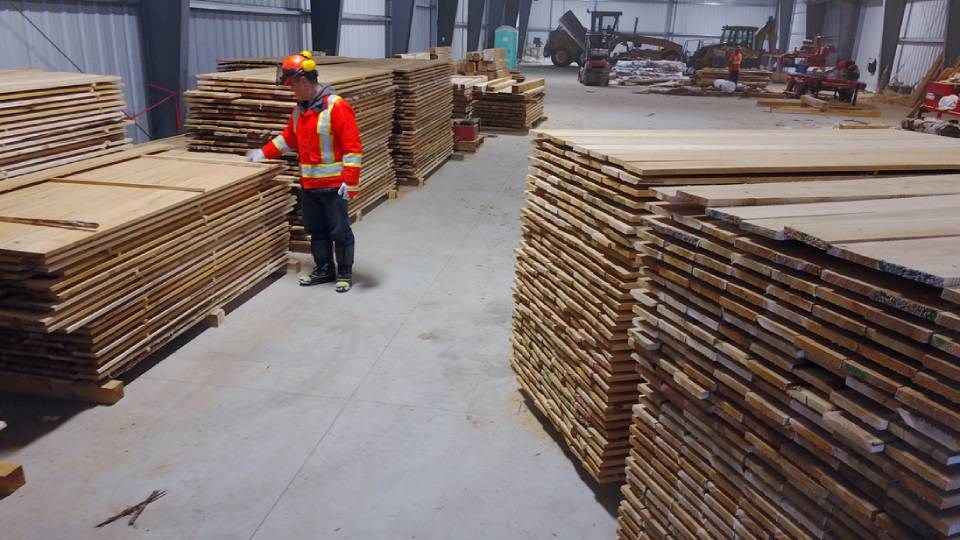
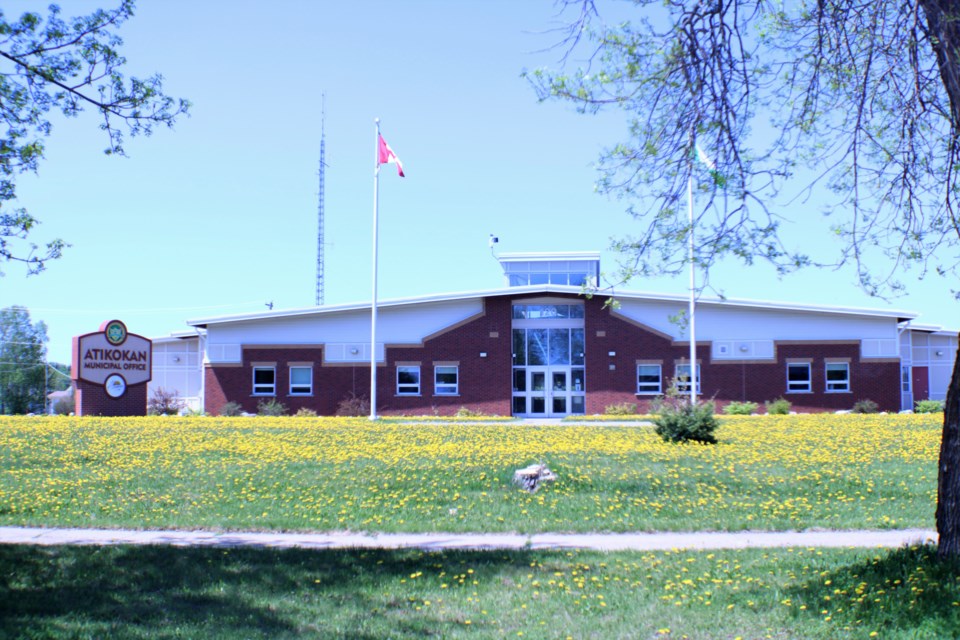

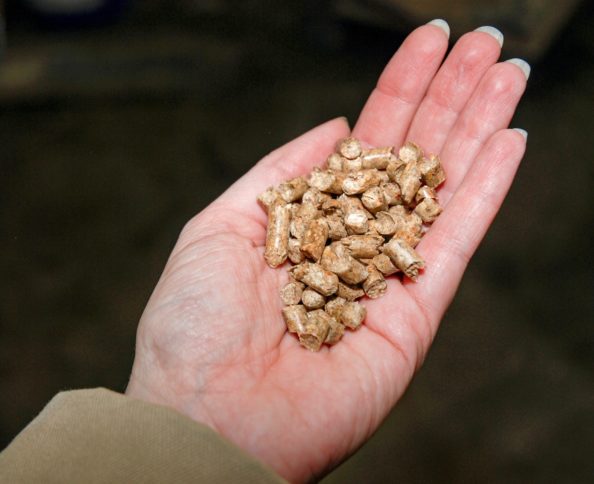 YUBA COUNTY – The Yuba River Watershed is one of the only watersheds in California to be untouched by wildfires and they want to keep it that way. Construction can now move forward for a biomass plant that will help reduce the risk of wildfires after a funding vote was approved Tuesday by the Yuba Water Agency. A project that has been trying to get going for a decade now has the green light. Its main purpose is to clean up the forest by taking woody debris and other fire fuel material and converting it into electrical energy for the grid. “We are behind by decades in investing in projects like this,” said Yuba Water Agency Watershed Manager Joanna Lessard. As California’s wildfires continue to burn hotter and more frequently, environmental leaders are scrambling to get ahead of them, including the nonprofit Camptonville Community Partnership.
YUBA COUNTY – The Yuba River Watershed is one of the only watersheds in California to be untouched by wildfires and they want to keep it that way. Construction can now move forward for a biomass plant that will help reduce the risk of wildfires after a funding vote was approved Tuesday by the Yuba Water Agency. A project that has been trying to get going for a decade now has the green light. Its main purpose is to clean up the forest by taking woody debris and other fire fuel material and converting it into electrical energy for the grid. “We are behind by decades in investing in projects like this,” said Yuba Water Agency Watershed Manager Joanna Lessard. As California’s wildfires continue to burn hotter and more frequently, environmental leaders are scrambling to get ahead of them, including the nonprofit Camptonville Community Partnership.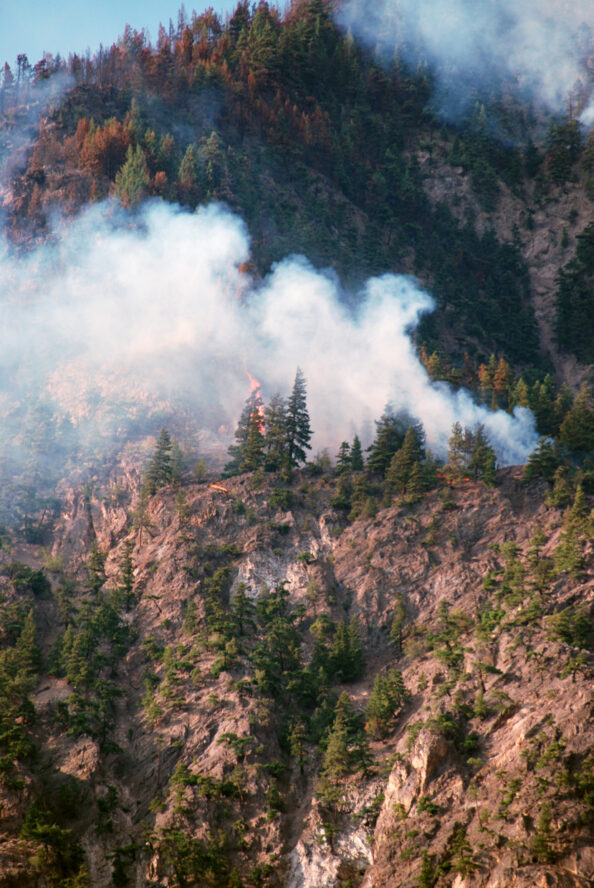 The Park Fire in California has ravaged vast tracts of forestland designated for conservation under carbon credits initiatives backed by oil refiners and power companies. It has scorched approximately 450,000 acres, has destroyed nearly 45,000 acres of trees enrolled in California’s carbon offset program, according to estimates from the non-profit research group CarbonPlan. Additional fires earlier this year also impacted over 29,000 acres of forestland in Washington state and New Mexico that are part of California’s carbon credit scheme. Major oil corporations are among the purchasers of these credits. The destruction of conserved forests has raised concerns about the sustainability of carbon credit forestry projects in fire-prone regions. California’s program includes a “buffer pool” of unsold credits to replace losses from wildfires, pests, drought, etc. Every project contributes 10-20% of its credits to this pool. However, researchers are worried that the buffer pool is insufficient to address the scale of recent wildfires.
The Park Fire in California has ravaged vast tracts of forestland designated for conservation under carbon credits initiatives backed by oil refiners and power companies. It has scorched approximately 450,000 acres, has destroyed nearly 45,000 acres of trees enrolled in California’s carbon offset program, according to estimates from the non-profit research group CarbonPlan. Additional fires earlier this year also impacted over 29,000 acres of forestland in Washington state and New Mexico that are part of California’s carbon credit scheme. Major oil corporations are among the purchasers of these credits. The destruction of conserved forests has raised concerns about the sustainability of carbon credit forestry projects in fire-prone regions. California’s program includes a “buffer pool” of unsold credits to replace losses from wildfires, pests, drought, etc. Every project contributes 10-20% of its credits to this pool. However, researchers are worried that the buffer pool is insufficient to address the scale of recent wildfires. 
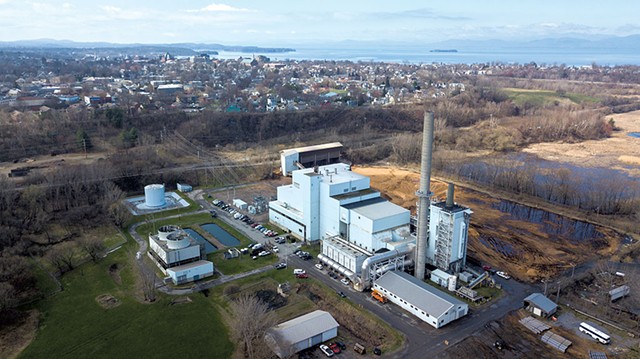

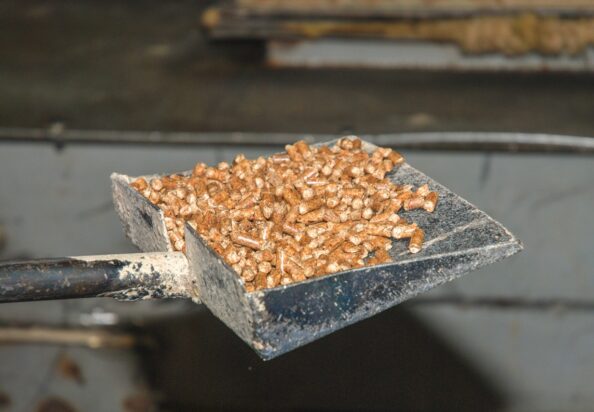 Environmental groups are challenging Georgia regulators’ decision to allow a wood pellet mill in Middle Georgia with a history of environmental violations to double its emissions of toxic air pollutants. Telfair Forest Products in Lumber City has been cited by the Georgia Environmental Protection Division (EPD) five times over the past 14 years and paid more than $50,000 in fines for violations that included exceeding pollution limits, failure to install required pollution controls, and failure to keep appropriate records and perform required testing, state records show. In July, EPD issued Telfair a new permit that allows the company to increase its output of volatile organic compounds — some of which are known carcinogens — from an estimated 337 tons per year to 586 tons per year. …The Southern Environmental Law Center (SELC) filed a petition Friday accusing the state of bypassing federal Clean Air Act requirements by issuing the permit without proper analyses or pollution controls.
Environmental groups are challenging Georgia regulators’ decision to allow a wood pellet mill in Middle Georgia with a history of environmental violations to double its emissions of toxic air pollutants. Telfair Forest Products in Lumber City has been cited by the Georgia Environmental Protection Division (EPD) five times over the past 14 years and paid more than $50,000 in fines for violations that included exceeding pollution limits, failure to install required pollution controls, and failure to keep appropriate records and perform required testing, state records show. In July, EPD issued Telfair a new permit that allows the company to increase its output of volatile organic compounds — some of which are known carcinogens — from an estimated 337 tons per year to 586 tons per year. …The Southern Environmental Law Center (SELC) filed a petition Friday accusing the state of bypassing federal Clean Air Act requirements by issuing the permit without proper analyses or pollution controls.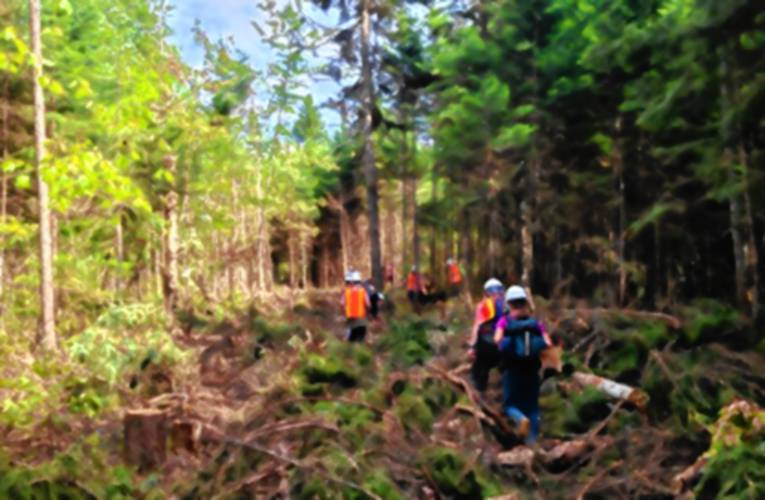
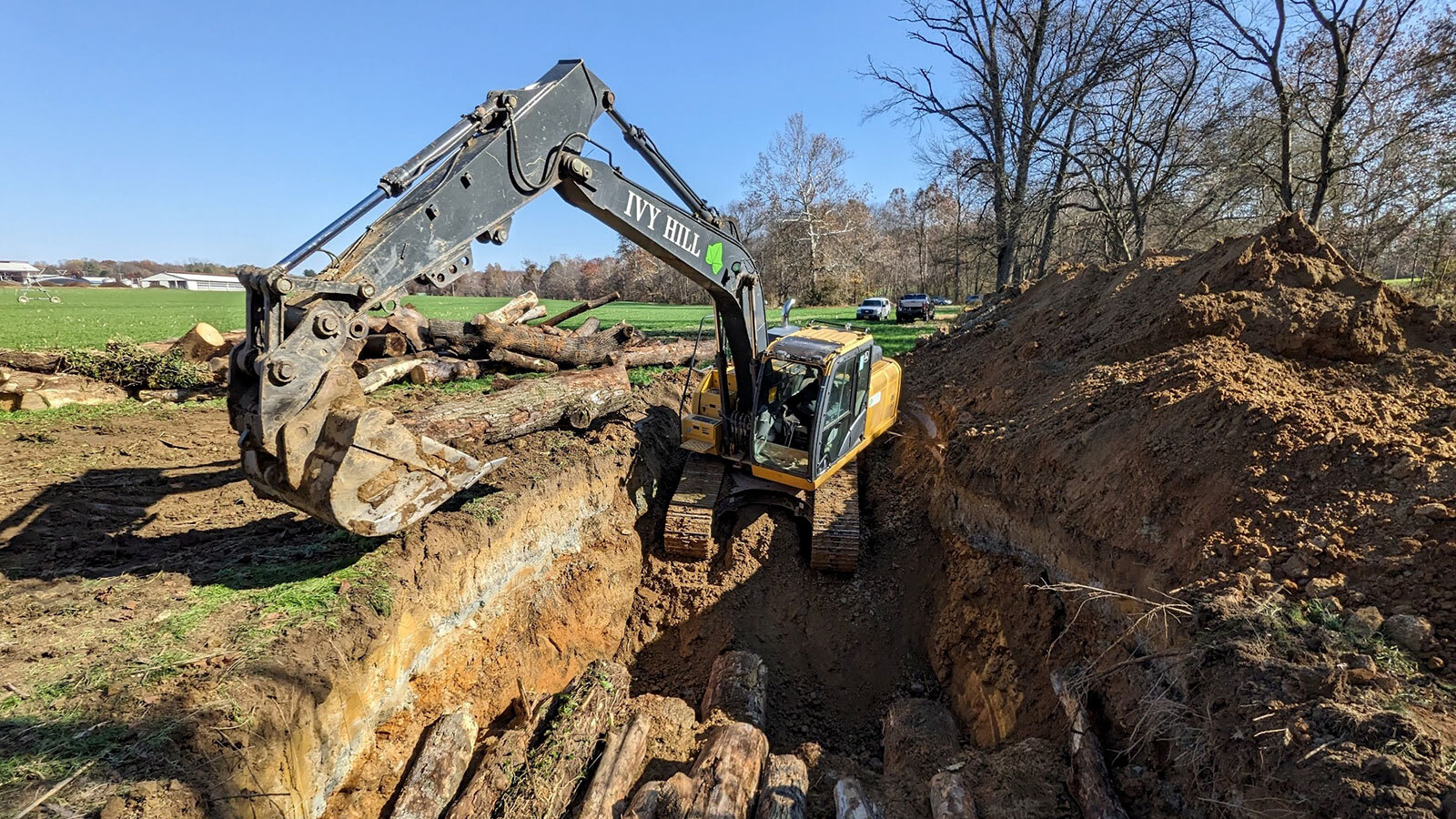

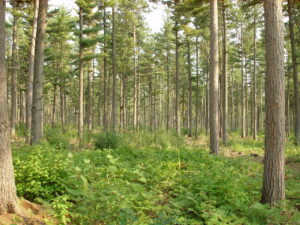 The New England Forestry Foundation is about to conduct a carbon experiment in the Maine woods. The Massachusetts-based nonprofit is dipping into a $30 million U.S. Department of Agriculture climate grant to develop an incentive program to pay commercial forest owners to adopt planting and harvesting methods that increase carbon storage and climate resiliency. The six first-round enrollees, all from Maine, will test out so-called “climate-smart” forestry practices on about 12,000 of their combined 2.4 million acres. If they earn less because of it, the foundation will cover 75% of that lost profit if it is the result of a change in management practice. If managed properly, NEFF estimates that 12,000 acres could store 250,000 metric tons of extra carbon. …Skeptics question the value of using public money to pay some private landowners and companies for something they were already doing, Whitman said. [to access the full story a Press Herald subscription is required]
The New England Forestry Foundation is about to conduct a carbon experiment in the Maine woods. The Massachusetts-based nonprofit is dipping into a $30 million U.S. Department of Agriculture climate grant to develop an incentive program to pay commercial forest owners to adopt planting and harvesting methods that increase carbon storage and climate resiliency. The six first-round enrollees, all from Maine, will test out so-called “climate-smart” forestry practices on about 12,000 of their combined 2.4 million acres. If they earn less because of it, the foundation will cover 75% of that lost profit if it is the result of a change in management practice. If managed properly, NEFF estimates that 12,000 acres could store 250,000 metric tons of extra carbon. …Skeptics question the value of using public money to pay some private landowners and companies for something they were already doing, Whitman said. [to access the full story a Press Herald subscription is required]

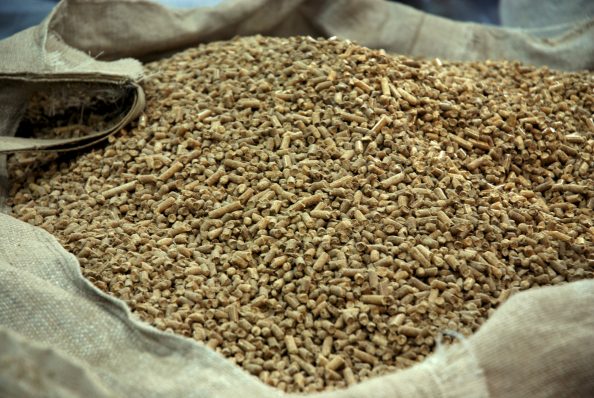 The German Government is preparing to introduce a CO2 fee on energy derived from wood, including biomass. This is according to the latest yet unpublished draft of the “National Biomass Strategy” from February 2024, as reported by “Welt am Sonntag”. …This document pays particular attention to developing a strategy that includes applying a CO2 factor for woody biomass. Germany plans to develop a concept by 2025 that will adequately reflect the impact of the energetic use of woody biomass on the climate, especially at the European level. As part of this strategy, the introduction of a realistic and appropriate CO2 factor for the combustion of woody biomass is being considered. …Until now, wood was considered a climate-neutral, renewable fuel. Martin Bentele, the managing director of the German Association for Wood Energy and Pellets, has announced that he will consider taking legal action, arguing that “whoever made this decision must reckon with legal consequences.”
The German Government is preparing to introduce a CO2 fee on energy derived from wood, including biomass. This is according to the latest yet unpublished draft of the “National Biomass Strategy” from February 2024, as reported by “Welt am Sonntag”. …This document pays particular attention to developing a strategy that includes applying a CO2 factor for woody biomass. Germany plans to develop a concept by 2025 that will adequately reflect the impact of the energetic use of woody biomass on the climate, especially at the European level. As part of this strategy, the introduction of a realistic and appropriate CO2 factor for the combustion of woody biomass is being considered. …Until now, wood was considered a climate-neutral, renewable fuel. Martin Bentele, the managing director of the German Association for Wood Energy and Pellets, has announced that he will consider taking legal action, arguing that “whoever made this decision must reckon with legal consequences.” UK — The Drax power station was responsible for four times more carbon emissions than the UK’s last remaining coal-fired plant last year, despite taking more than £0.5bn in clean-energy subsidies in 2023, according to a report. The North Yorkshire power plant, which burns wood pellets imported from North America to generate electricity, was revealed as Britain’s single largest carbon emitter in 2023 by a report from the climate thinktank Ember. The figures show that Drax, which has received billions in subsidies since it began switching from coal to biomass in 2012, was responsible for 11.5m tonnes of CO2 last year, or nearly 3% of the UK’s total carbon emissions. Drax produced four times more carbon dioxide than the UK’s last remaining coal-fired power station at Ratcliffe-on-Soar in Nottinghamshire, which is due to close in September.
UK — The Drax power station was responsible for four times more carbon emissions than the UK’s last remaining coal-fired plant last year, despite taking more than £0.5bn in clean-energy subsidies in 2023, according to a report. The North Yorkshire power plant, which burns wood pellets imported from North America to generate electricity, was revealed as Britain’s single largest carbon emitter in 2023 by a report from the climate thinktank Ember. The figures show that Drax, which has received billions in subsidies since it began switching from coal to biomass in 2012, was responsible for 11.5m tonnes of CO2 last year, or nearly 3% of the UK’s total carbon emissions. Drax produced four times more carbon dioxide than the UK’s last remaining coal-fired power station at Ratcliffe-on-Soar in Nottinghamshire, which is due to close in September.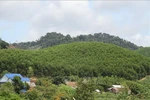

 Japan is at a crossroads in its controversial use of burning forest biomass to make electricity. While the government and private sector’s understanding of the fuel’s harmful environmental and climate impacts is growing, biomass power plants long in the pipeline continue to come online, requiring ever-greater volumes of imported wood pellets from primary forests in Canada or plantations in Vietnam. Biomass importers and users in Japan are being forced to reevaluate their supply chains after U.S. wood pellet producer Enviva declared bankruptcy in March and prominent ecologists visiting Japan from Canada warned of the pellets’ environmental risks. In addition, new biomass policies from Japan’s biggest banks emphasize the importance of sustainable sourcing, which forest advocates say they hope will encourage biomass users to improve their practices. But, forest advocates argue burning wood to generate electricity is fundamentally untenable, as it puts CO2into the atmosphere despite the need to reduce emissions.
Japan is at a crossroads in its controversial use of burning forest biomass to make electricity. While the government and private sector’s understanding of the fuel’s harmful environmental and climate impacts is growing, biomass power plants long in the pipeline continue to come online, requiring ever-greater volumes of imported wood pellets from primary forests in Canada or plantations in Vietnam. Biomass importers and users in Japan are being forced to reevaluate their supply chains after U.S. wood pellet producer Enviva declared bankruptcy in March and prominent ecologists visiting Japan from Canada warned of the pellets’ environmental risks. In addition, new biomass policies from Japan’s biggest banks emphasize the importance of sustainable sourcing, which forest advocates say they hope will encourage biomass users to improve their practices. But, forest advocates argue burning wood to generate electricity is fundamentally untenable, as it puts CO2into the atmosphere despite the need to reduce emissions.
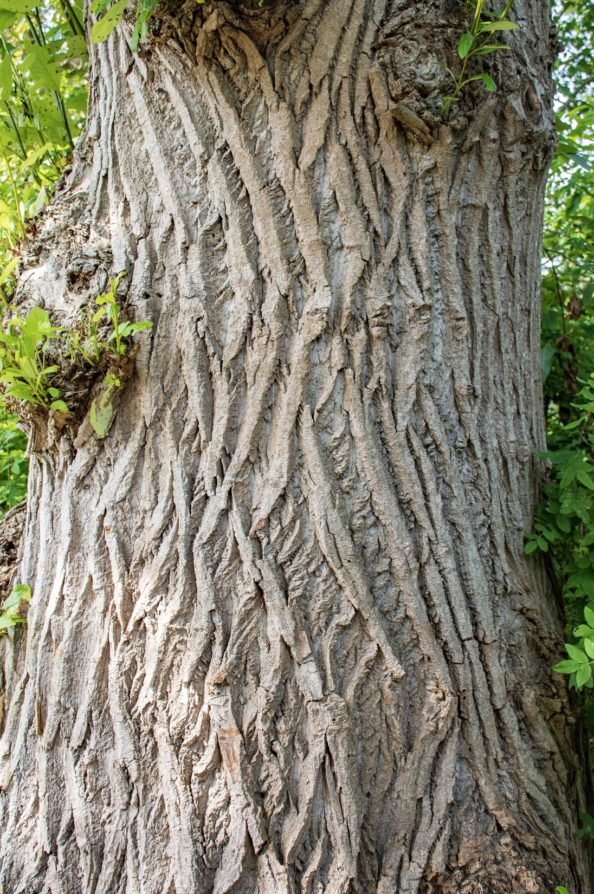 Microbes in the bark of trees play a vital role in removing methane from the atmosphere, scientists have discovered. The greenhouse gas is a product of agriculture and the burning of fossil fuels and is 28 times more potent than carbon dioxide. However, it remains in the atmosphere for a shorter time. Methane has been responsible for about 30% of global heating since preindustrial times, with emissions currently rising at their fastest rate since the 1980s.
Microbes in the bark of trees play a vital role in removing methane from the atmosphere, scientists have discovered. The greenhouse gas is a product of agriculture and the burning of fossil fuels and is 28 times more potent than carbon dioxide. However, it remains in the atmosphere for a shorter time. Methane has been responsible for about 30% of global heating since preindustrial times, with emissions currently rising at their fastest rate since the 1980s. 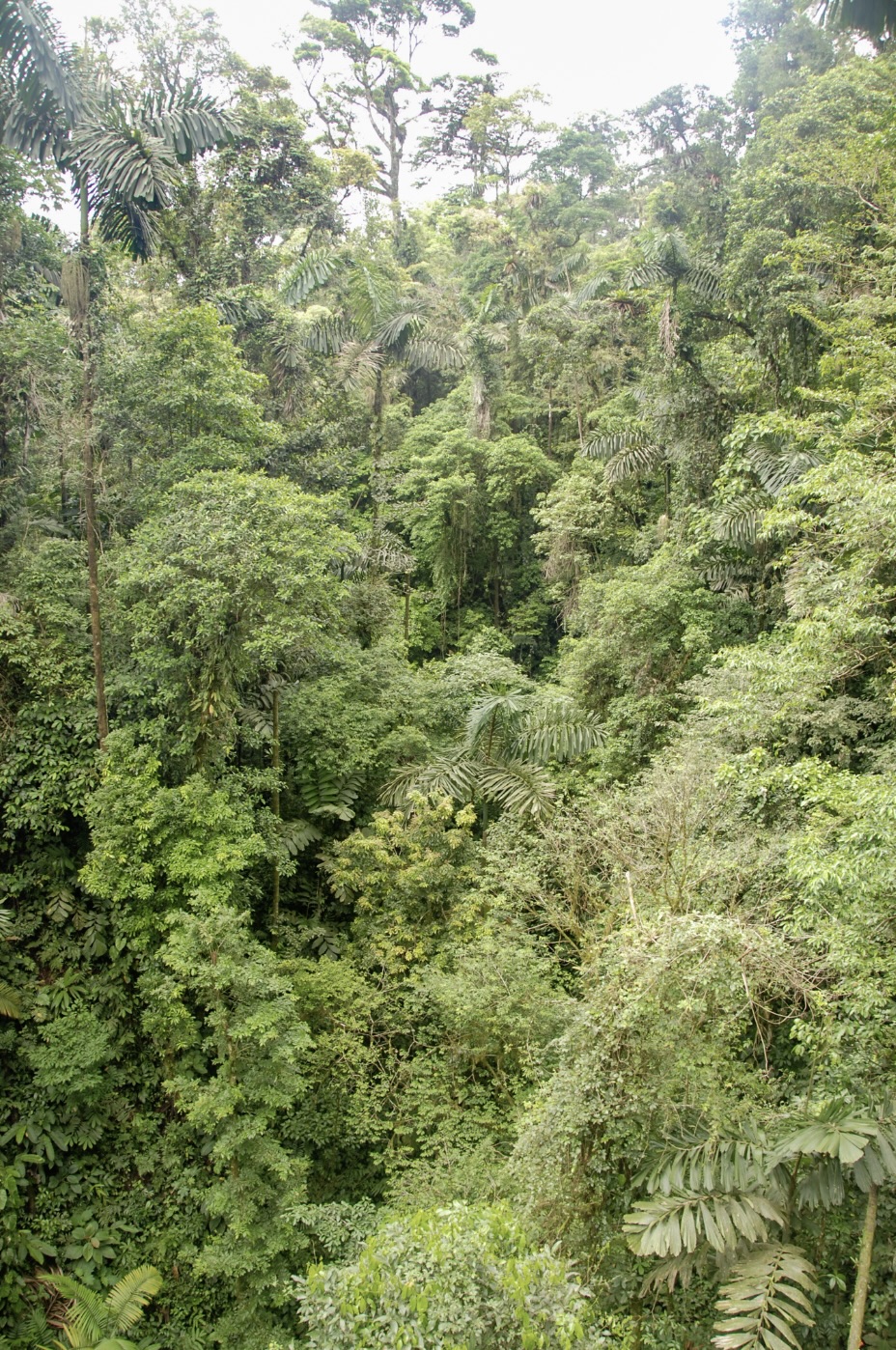 PORTEL, Brazil — Over the past two decades, a new financial commodity known as carbon credits has become one of the world’s most important tools in the fight against climate change. …The Amazon rainforest…has increasingly drawn those pursuing carbon credits. …“carbon cowboys” have launched preservation projects generating carbon credits worth hundreds of millions of dollars; purchased by some of the world’s largest corporations. The projects have helped transform the Brazilian Amazon into an epicenter of a largely unaccountable global industry with sales of nearly $11 billion. But a Washington Post investigation shows that many of the private ventures have repeatedly and, authorities say, illegally laid claim to publicly protected lands, generating enormous profits from territory they have no legal right to and then failing to share the revenue with those who protected or lived on the land. The use of such lands to sell credits also contributes little to reducing carbon emissions. [full access to the story requires a Washington Post subscription]
PORTEL, Brazil — Over the past two decades, a new financial commodity known as carbon credits has become one of the world’s most important tools in the fight against climate change. …The Amazon rainforest…has increasingly drawn those pursuing carbon credits. …“carbon cowboys” have launched preservation projects generating carbon credits worth hundreds of millions of dollars; purchased by some of the world’s largest corporations. The projects have helped transform the Brazilian Amazon into an epicenter of a largely unaccountable global industry with sales of nearly $11 billion. But a Washington Post investigation shows that many of the private ventures have repeatedly and, authorities say, illegally laid claim to publicly protected lands, generating enormous profits from territory they have no legal right to and then failing to share the revenue with those who protected or lived on the land. The use of such lands to sell credits also contributes little to reducing carbon emissions. [full access to the story requires a Washington Post subscription]

